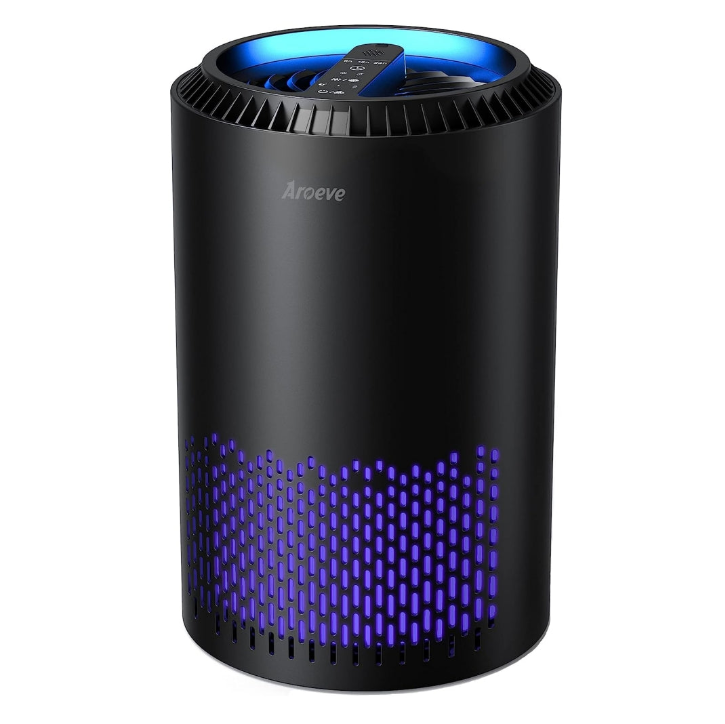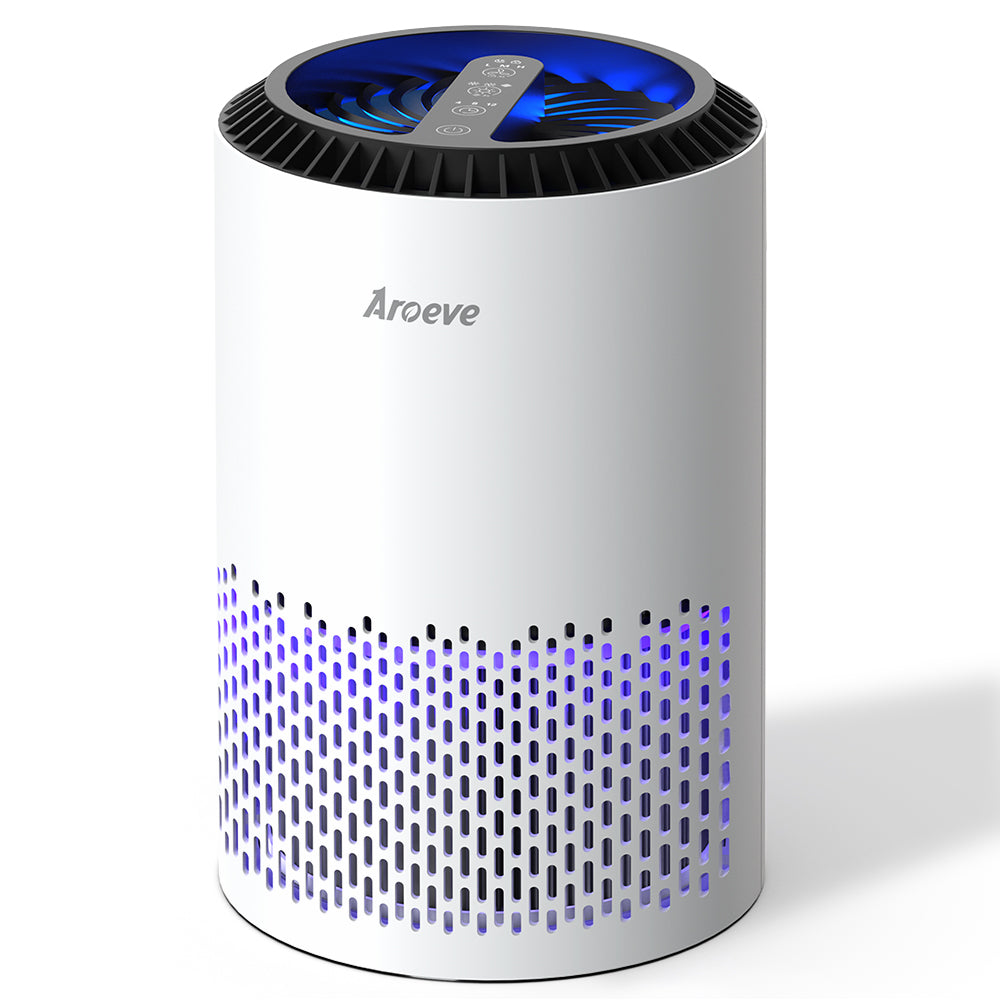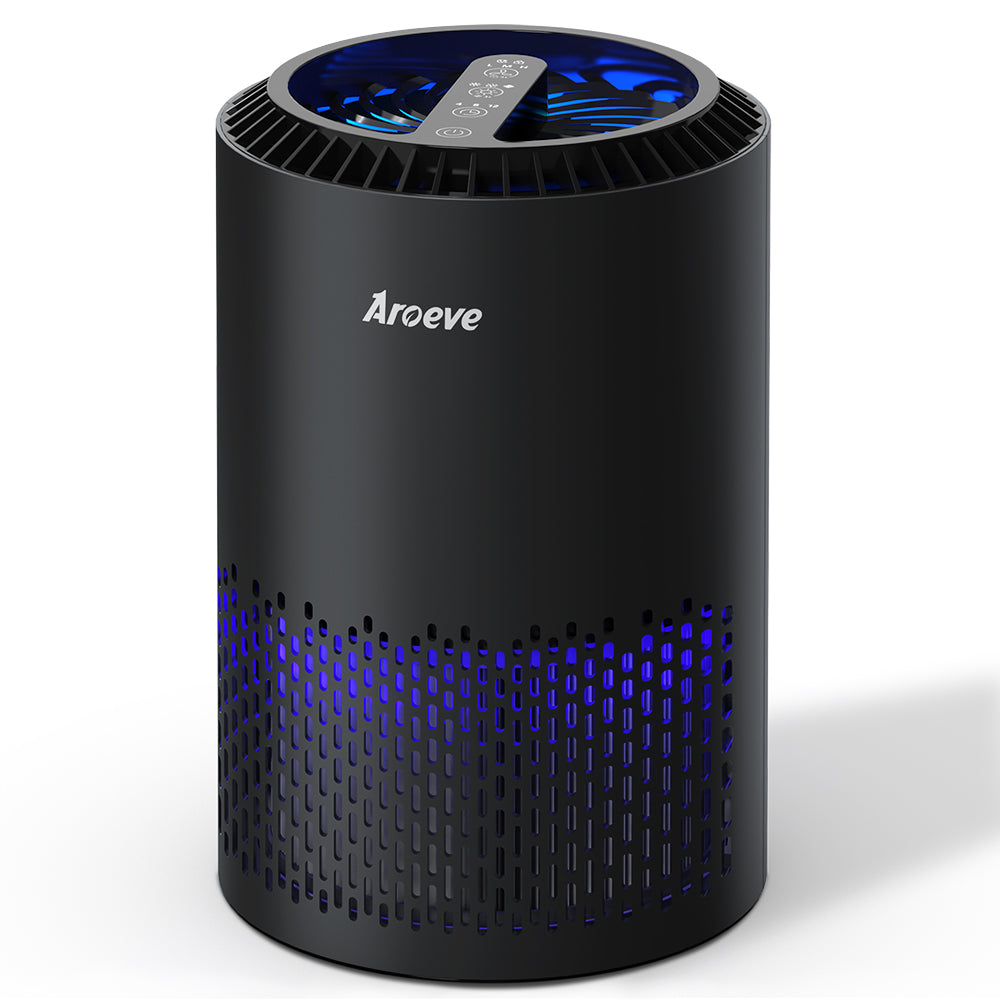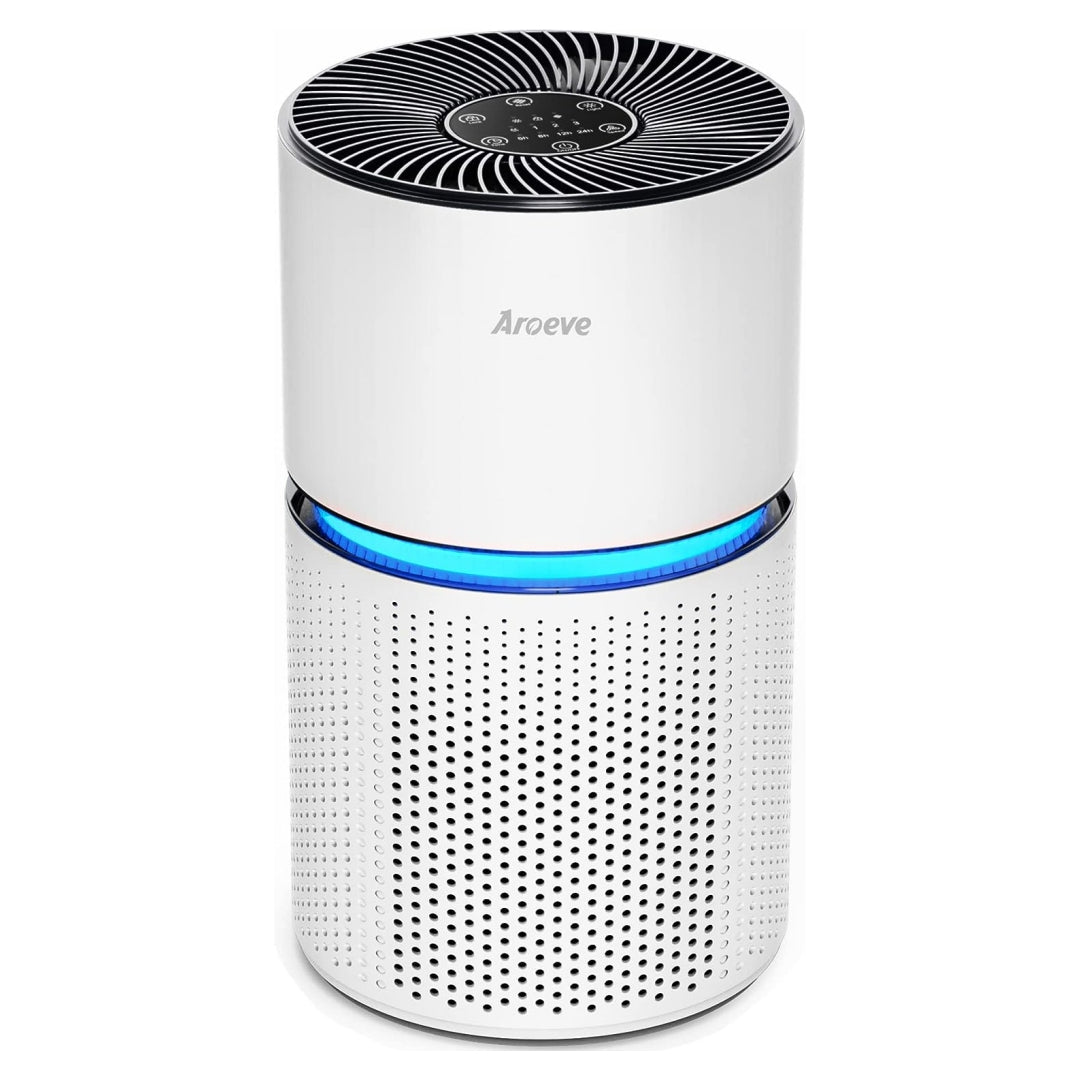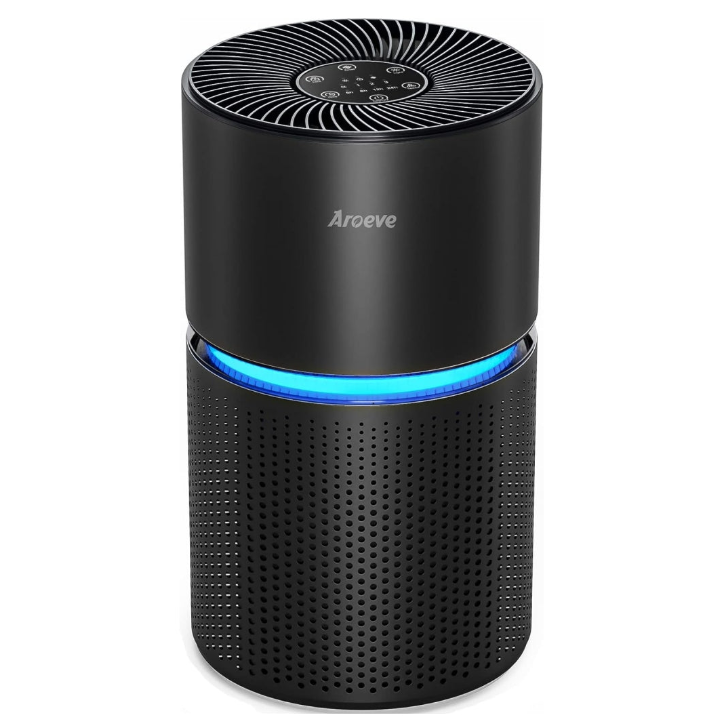Introduction
The outbreak of COVID-19 not only triggered a global public health crisis but also profoundly affected people's lifestyles and health perceptions. The pandemic has heightened awareness of air quality and indoor air environments. As understanding of air quality deepens, the role of air purifiers in safeguarding health has become increasingly crucial. This article explores the heightened demands for air quality post-pandemic and the vital role of air purifiers in enhancing public health.
Increased Focus on Air Quality Post-Pandemic
During the pandemic, studies showed that fine particulate matter (PM2.5), viral particles, and other pollutants in the air significantly impact respiratory health. For example, multiple studies have indicated a correlation between air pollution and the transmission and severity of COVID-19 (Liu et al., 2020; Zhu et al., 2020). Long-term exposure to polluted environments may increase susceptibility to respiratory diseases and worsen the severity of infections.
Consequently, post-pandemic, public concern about air quality has significantly risen. Many have come to realize that good air quality is crucial not only for preventing respiratory diseases but also for overall health and quality of life (Künzli et al., 2021). This shift is reflected in policy changes and market demand, with governments and organizations worldwide enhancing air quality monitoring and management (World Health Organization, 2021).
The Importance of Air Purifiers
As essential tools for improving indoor air quality, air purifiers have become increasingly relevant post-pandemic. Modern air purifiers effectively remove airborne particulates, bacteria, viruses, and harmful gases, thereby improving indoor air freshness and safety (Miller et al., 2020).
- Filtration Efficiency: High-efficiency air purifiers typically feature HEPA filters (High-Efficiency Particulate Air filters) that capture at least 99.97% of particles as small as 0.3 microns, including viruses, allergens, and dust (U.S. Environmental Protection Agency, 2021). Some advanced models also include activated carbon filters that remove harmful gases like formaldehyde and volatile organic compounds (VOCs).
- Health Benefits: Research indicates that using air purifiers can significantly reduce indoor pollutant levels, thereby lowering health risks associated with air pollution (Chen et al., 2022). For example, studies have found associations between air purifier use and alleviation of asthma symptoms and improvements in cardiovascular health (Yang et al., 2023).
- Improved Quality of Life: Clean air environments not only contribute to physical health but also enhance quality of life. Air purifiers can reduce allergens, improve sleep quality, and contribute to overall well-being (Cohen et al., 2022).
Conclusion
Post-pandemic, air quality issues have become a major aspect of public health concern. The increased demand for clean air has made air purifiers essential in homes and offices. By effectively filtering pollutants from the air, air purifiers play a crucial role in improving health and enhancing quality of life. As our understanding of air quality continues to grow, air purifier technology will advance, providing a healthier and safer living environment for the public.



